Architectural sites in Provence-Alpes-Côte d'Azur between Cistercian heritage and Mediterranean avant-gardes
The Provence-Alpes-Côte d'Azur region depicts a land where architecture narrates a thousand years of history between sea and mountains. From the 12th-century Cistercian abbeys to the brutalist experiments of Le Corbusier, this area features an exceptional built heritage shaped by Mediterranean light. You can find fortresses perched on rocky promontories, Romanesque monasteries where Van Gogh depicted his struggles, and contemporary museums that interact with the blue of the Mediterranean. Vineyards contain large-scale sculptures, the perched villages of Luberon display their medieval architecture in light stone, and Belle Époque villas in Cap d'Antibes mark the golden age of the Riviera. Between the limestone cliffs of the Calanques and the alpine valleys carved with prehistoric signs, Provençal architecture follows the contours of the land, capturing shadow and warmth, blending tradition and modernity. From the port of Marseille to the hanging gardens of Èze, each building bears the mark of a region where Cistercian builders, military engineers, visionary artists, and contemporary architects have inscribed their visions in stone, concrete, and landscape.
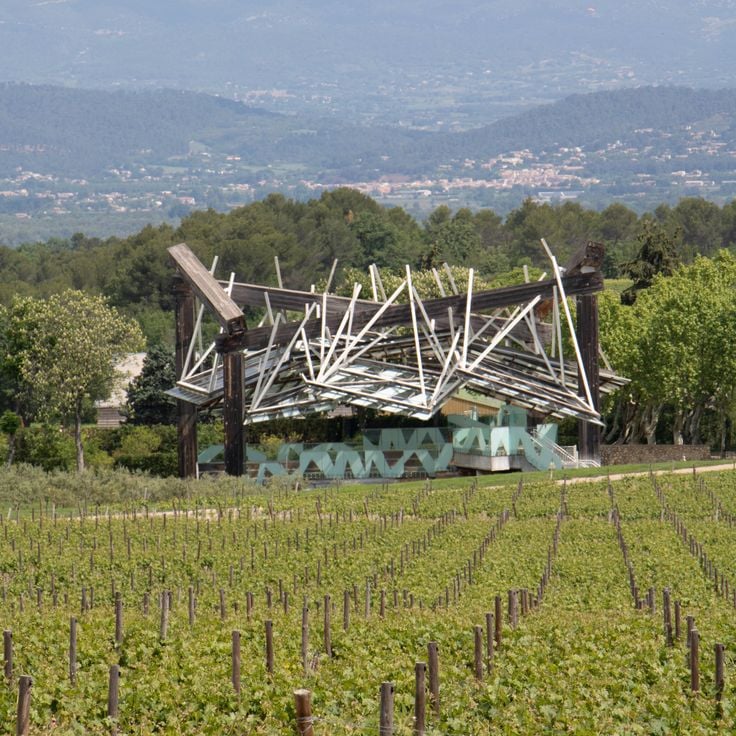
Le Puy-Sainte-Réparade, France
Le Château la Coste spans 200 hectares of organic vineyards at the foot of Sainte-Victoire. The estate hosts large sculptures by Louise Bourgeois, Tadao Ando, and Frank Gehry, scattered among the rows of vines. The underground galleries and contemporary art center turn this wine estate into an open-air museum where architecture and nature interact.
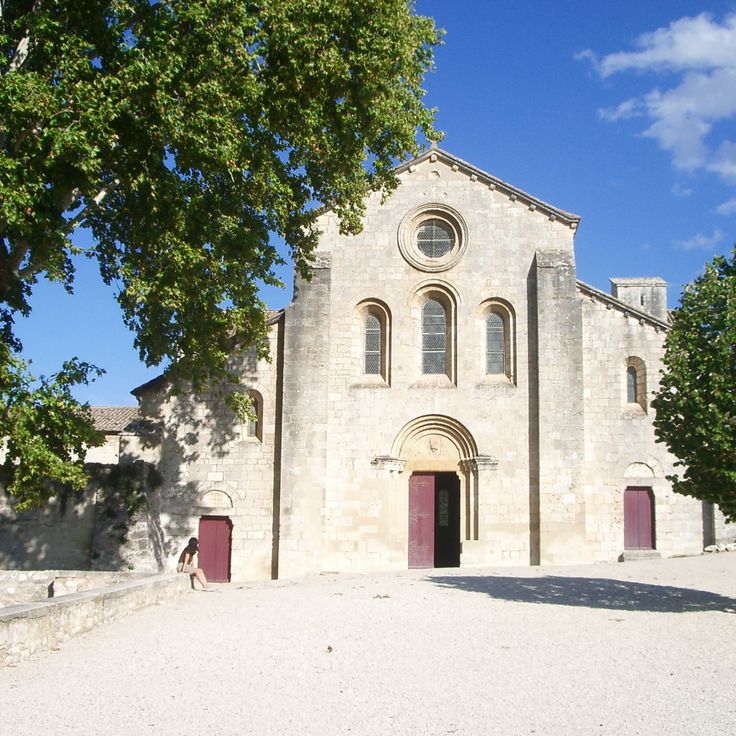
La Roque-d'Anthéron, France
The Abbey of Silvacane has been displaying its Romanesque stones since the 12th century along the Durance. The Cistercian church follows the geometric rigor of the order with its clean lines and broken barrel vaults. The square cloister, the rib-vaulted chapter house, and the monks' dormitory reflect medieval monastic austerity in Provençal light.

Saint-Rémy-de-Provence, France
Saint-Paul de Mausole houses an 11th-century Romanesque monastery converted into a psychiatric hospital where Vincent van Gogh stayed from May 1889 to May 1890. The artist painted 150 works there, including the famous Iris series and the View from his room. The Romanesque cloister with sculpted capitals and the gardens surrounding the facility can be visited, preserving the memory of this creative year.
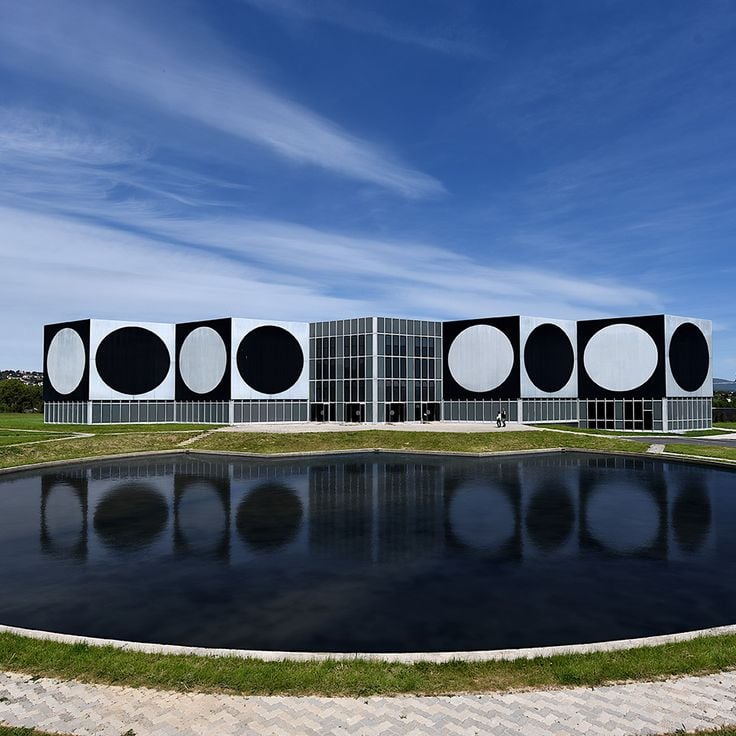
Aix-en-Provence, France
The Vasarely Foundation is housed in a hexagonal modernist building designed by the artist himself in Aix-en-Provence in 1976. The facades incorporate 16 monumental structures decorated with circles and squares featuring characteristic optical illusions. The interior rooms exhibit Victor Vasarely's artistic research on geometry, movement, and color within an architectural space that extends his work.
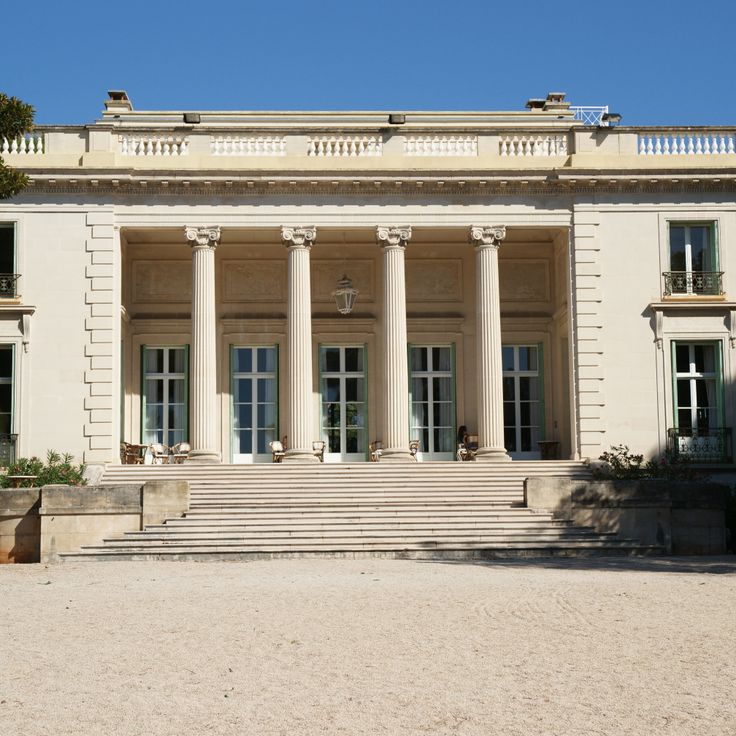
Cap d'Antibes, France
Villa Eilenroc has crowned Cap d'Antibes since 1867 in the style of large Belle Époque residences. This neoclassical villa was commissioned by Dutch financier Hugh Hope Loudon and currently houses period furniture and decorative arts collections. The French-style gardens descend in terraces towards the Mediterranean among cypresses, parasol pines, and a rose garden facing the Lérins islands.
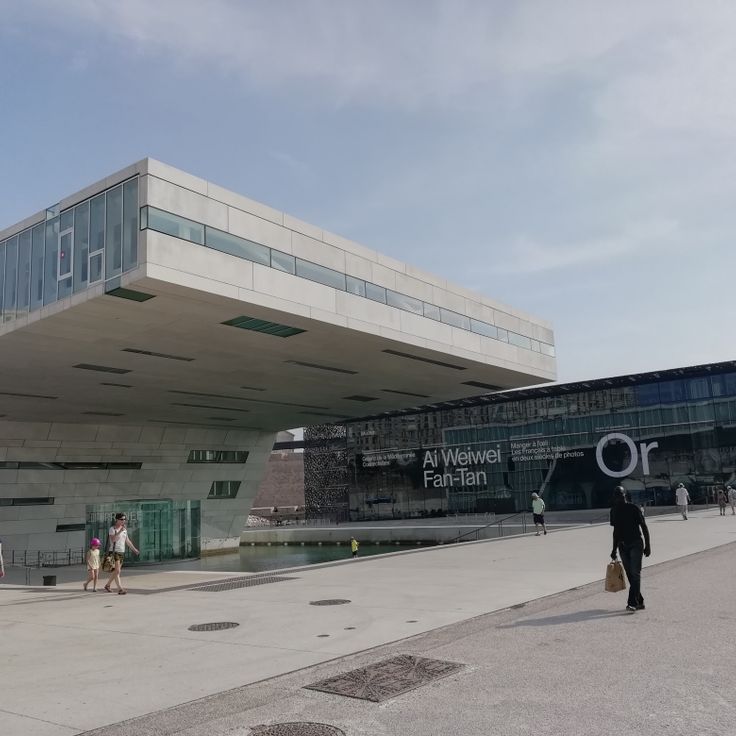
Marseille, France
The MuCEM has been rising on the Marseille port since 2013 in architecture made of raw concrete and perforated mesh designed by Rudy Ricciotti. The 15,000 square meter cube connects Fort Saint-Jean with a suspended walkway above the waters. The permanent collections explore Mediterranean civilizations through ethnography, history, and contemporary art in spaces filled with maritime light.
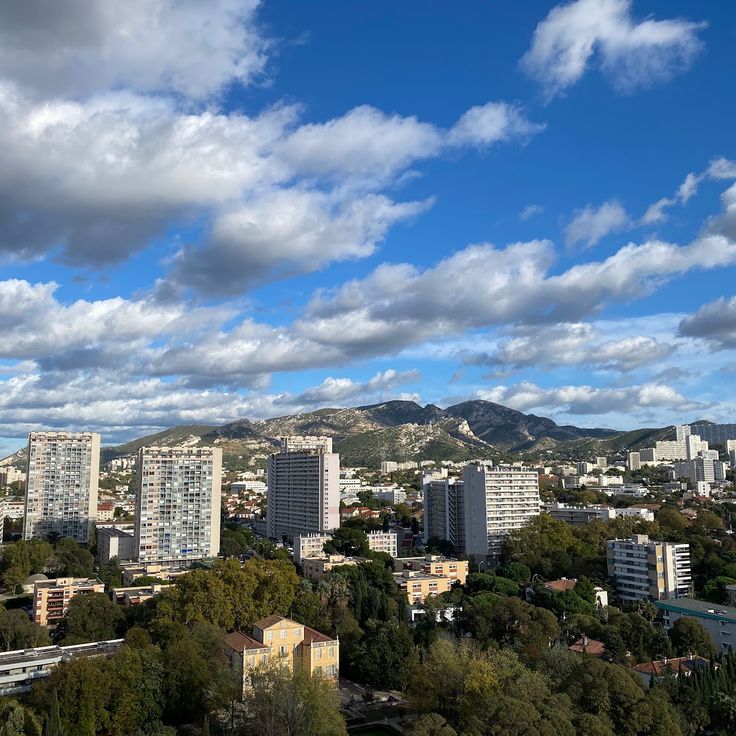
Marseille, France
The Radieuse Housing addresses 337 apartments over 18 floors in Marseille since 1952 according to the principles of Le Corbusier's housing unit. The raw concrete building on stilts incorporates shops, a restaurant, a hotel, and a roof terrace-garden with mountain views. The interior walkways, modular system, and primary colors illustrate Le Corbusier's radical urban planning vision for collective housing.

Marseille, France
The Château d'If has occupied a rocky island 2 kilometers from the Old Port of Marseille since 1531. Francis I built this military fortress to defend the bay before it was converted into a state prison in the 17th and 18th centuries. The cells, walkways, and terraces overlooking the sea inspired Alexandre Dumas for The Count of Monte Cristo, a novel that made the castle famous worldwide.
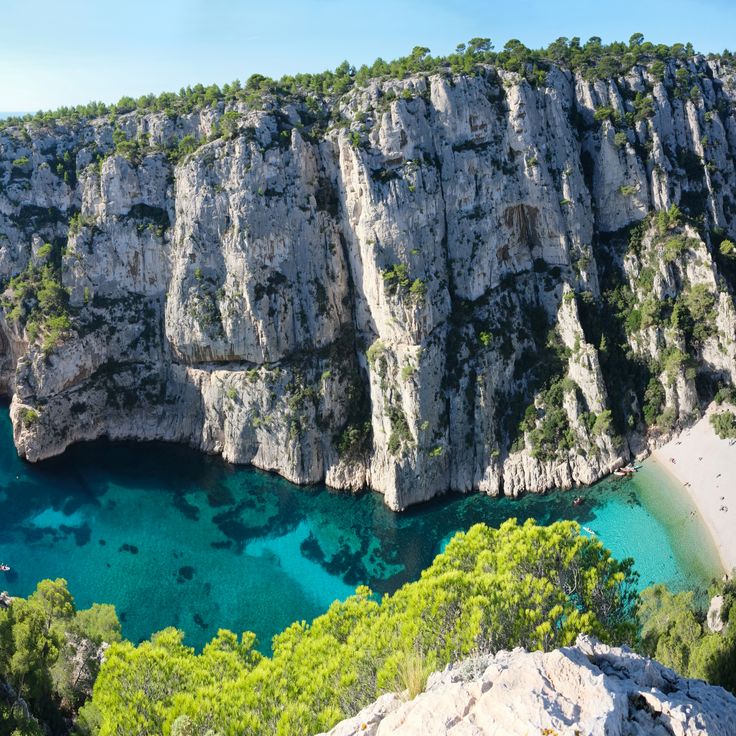
Marseille, France
The Calanques National Park protects 20 kilometers of white limestone cliffs plunging into the Mediterranean between Marseille and Cassis. The geological formations create rocky fjords with turquoise waters bordered by Aleppo pine and Mediterranean shrubland. The calanques of Sormiou, En-Vau, and Port-Pin offer wild coves accessible by coastal trails or by sea, maintaining a remarkable terrestrial and marine ecosystem.

Nice, France
Place Masséna has been the urban center of Nice since the 19th century, featuring Italian-style red arcades bordering a black and white checkered pavement. Since 2007, seven contemporary statues by Jaume Plensa have stood on 10-meter columns, lighting up at night with changing colors. The Sun Fountain and Albert I Gardens extend this grand square towards the Promenade des Anglais.
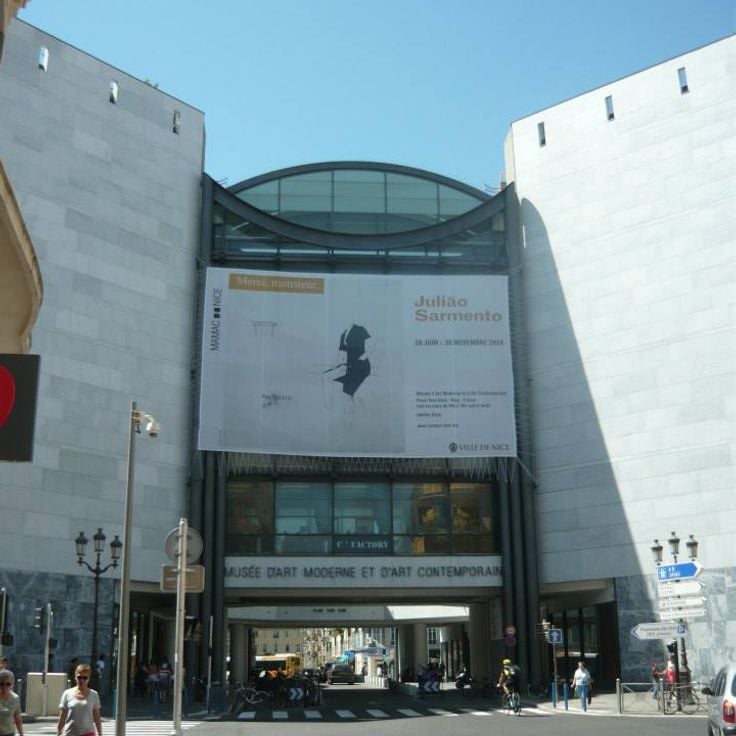
Nice, France
The MAMAC has been housed since 1990 in Nice within an architectural complex of four square towers connected by glass walkways. The white Carrara marble building houses collections of European and American art from 1950 to the present, including the Nice School with Yves Klein, Arman, and Ben. The panoramic rooftop terrace offers a circular view of the Angels Bay and the rooftops of Nice.
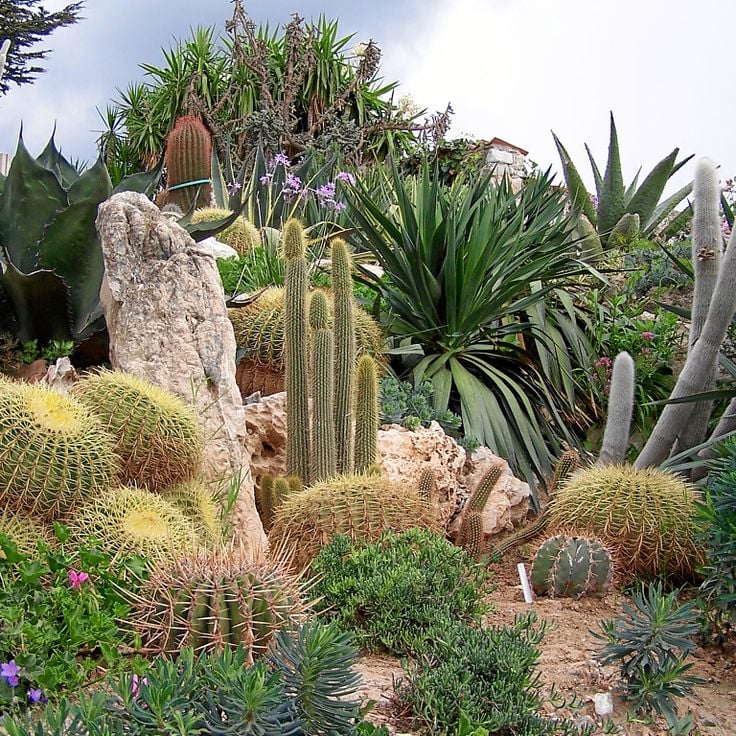
Èze, France
The Exotic Garden of Èze clings to the ruins of the medieval castle at 429 meters above the Mediterranean. Over 400 species of succulents, cacti, and fleshy plants occupy the rocky terraces between the ancient stone walls. The view extends along the coast from Italy to Estérel in a Mediterranean light that shapes the architectural forms of the perched village.
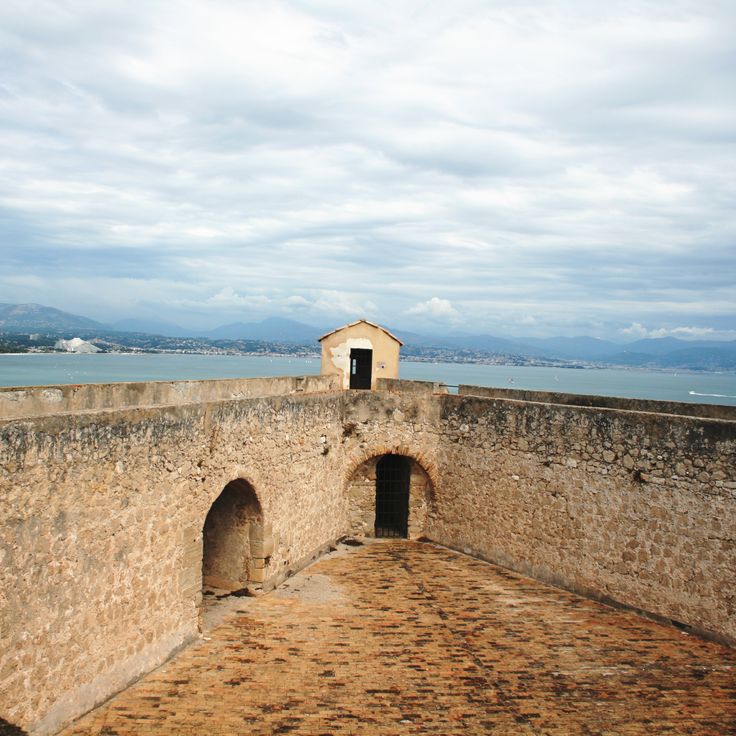
Antibes, France
Fort Carré overlooks the port of Antibes since 1565 on a strategic rocky promontory. Vauban's military architecture features four star-shaped bastions connected by curtain walls around a central keep. The casemates, powder magazines, and ramparts provide a lesson in defensive architecture facing the Mediterranean against invasions from the sea.
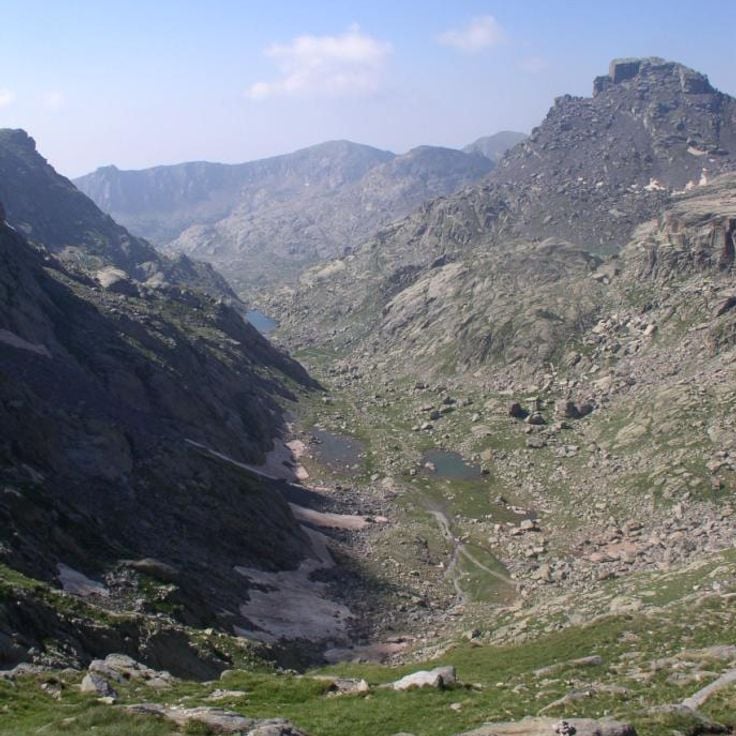
Mercantour, France
The Valley of Wonders contains more than 40,000 prehistoric carvings from the Bronze Age between 1800 and 1500 BCE in the Mercantour massif. The polished slate slabs feature depictions of human figures, weapons, cattle, and geometric symbols engraved by alpine populations. This prehistoric high-altitude sanctuary can be explored from 2,000 meters above sea level in a landscape of glacial lakes.
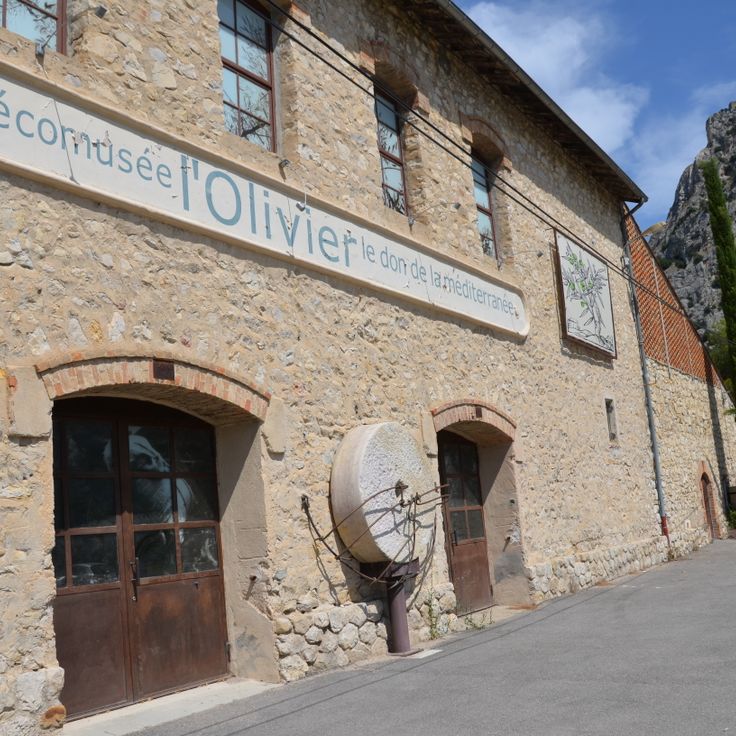
Volx, France
The Olive Tree Museum is located in a traditional mill in Volx in the Alpes-de-Haute-Provence. The collections document 2,000 years of Provençal olive culture through wooden presses, storage jars, and agricultural tools. Traditional oil extraction methods are showcased within the authentic architecture of the mill, featuring stone mills and settling tanks.
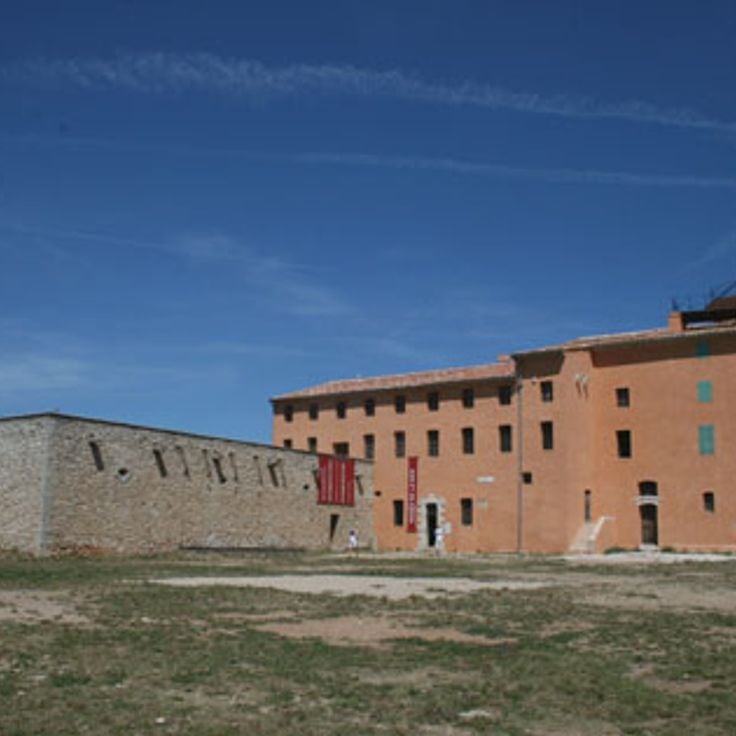
Cannes, France
Fort Royal has occupied Sainte-Marguerite Island near Cannes since the 17th century, built in a massive stone military architecture. The fortress served as a state prison and notably held the Man in the Iron Mask, whose cell can be visited in the restored buildings. The ramparts and watchtowers overlook the eucalyptus and pine forest covering the 152-hectare island.
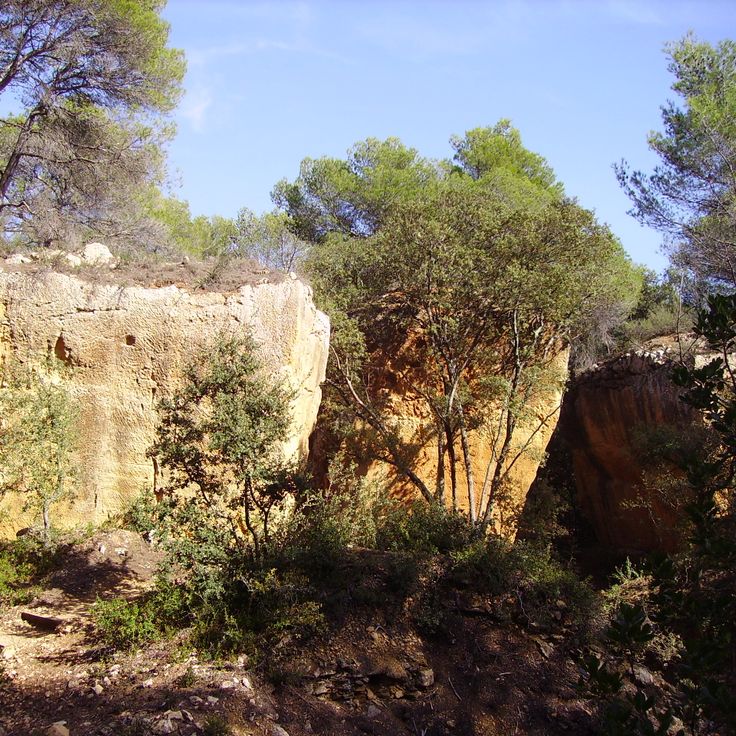
Aix-en-Provence, France
The Bibémus quarries near Aix-en-Provence provided the characteristic red sandstone of 18th-century Provençal architecture. Paul Cézanne set up his studio in these abandoned quarries between 1895 and 1904, painting 30 canvases of these massive ochre and orange blocks. The geometric cut faces create a mineral architecture shaped by human extraction against Mount Sainte-Victoire.
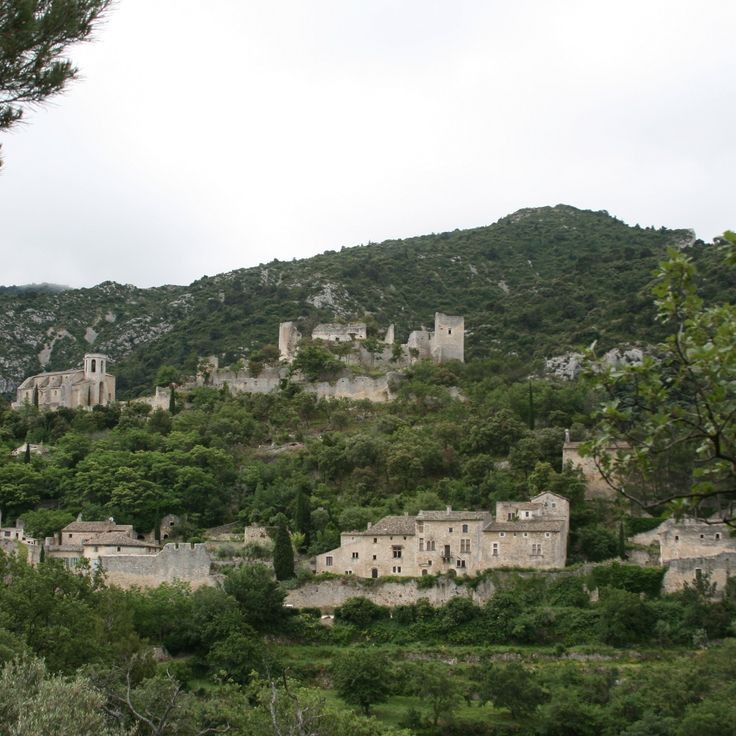
Luberon, France
The fortress of Gordes stands on a rocky spur in Luberon, characterized by medieval architecture made of light limestone. The 11th-century Renaissance castle overlooks the winding streets of the village, which descend in concentric circles from the top. The dry stone houses cling to the slope in the defensive layout typical of Provençal hill villages.

Théoule-sur-Mer, France
The Bubble House in Théoule-sur-Mer was designed by architect Antti Lovag in 1989 following an organic architecture of connected spheres and bubbles. The rounded shapes without straight edges follow the contours of the land facing the Mediterranean. Circular openings, cascading terraces, and the absence of straight lines create an experimental dwelling that interacts with the rocky landscape of the Esterel.